I Used The Nikon Z6 III For 30 Days, Here’s What I Learned
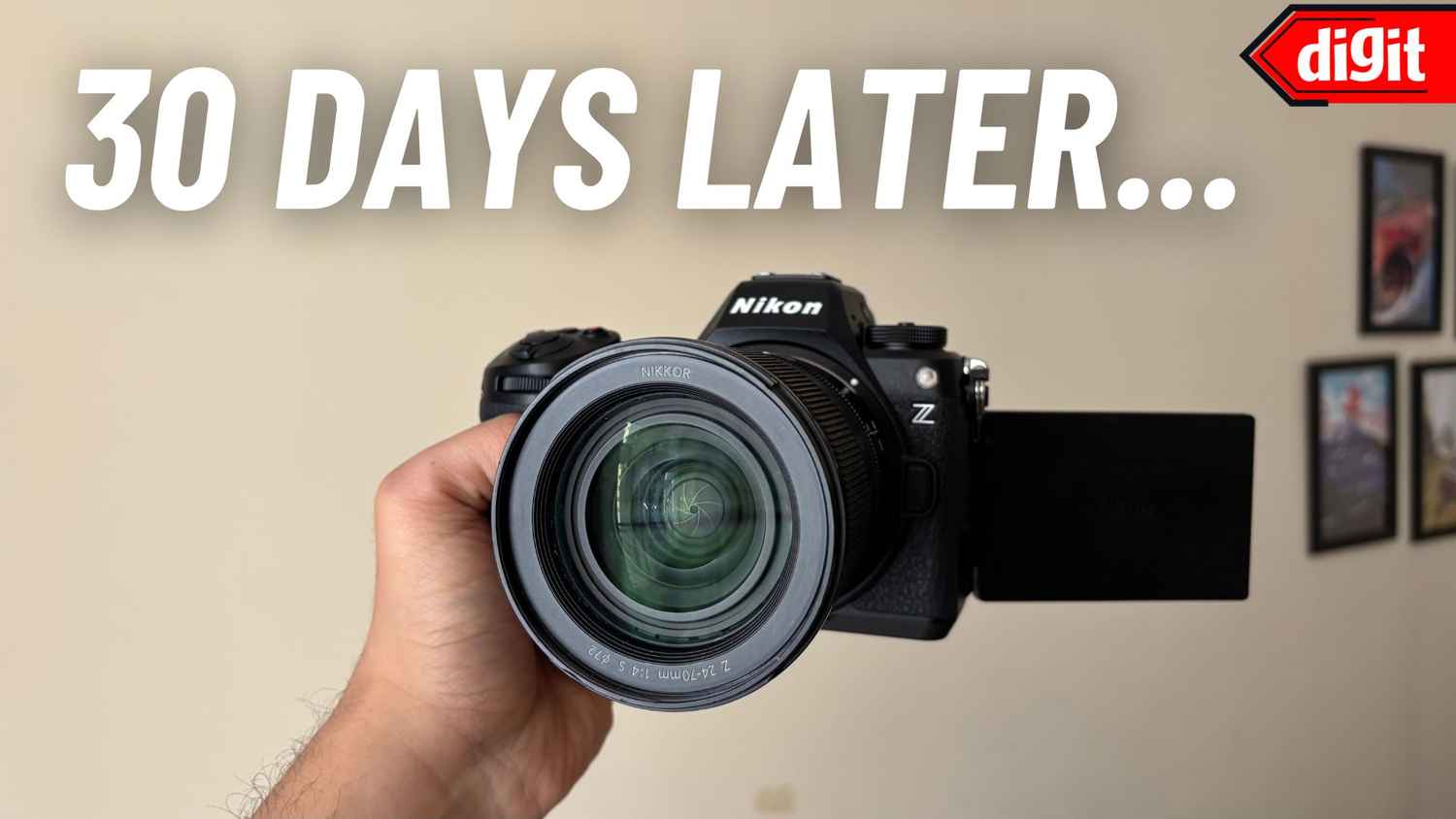
Nikon’s Z6 III has quickly earned a reputation for blending a rock-solid build with advanced features that cater to both photographers and videographers. Whether you’re upgrading from the original Z6 or jumping into Nikon’s mirrorless system for the first time, the Z6 III’s design is a standout facet of this camera. From its magnesium-alloy construction to the ergonomic contours that make it a comfortable companion on extended shoots, Nikon has paid close attention to the needs of real-world creators. Below, I’ll explore the Z6 III’s design and construction in more detail, highlighting the key elements that set this camera apart in an increasingly competitive market.
Design and Construction
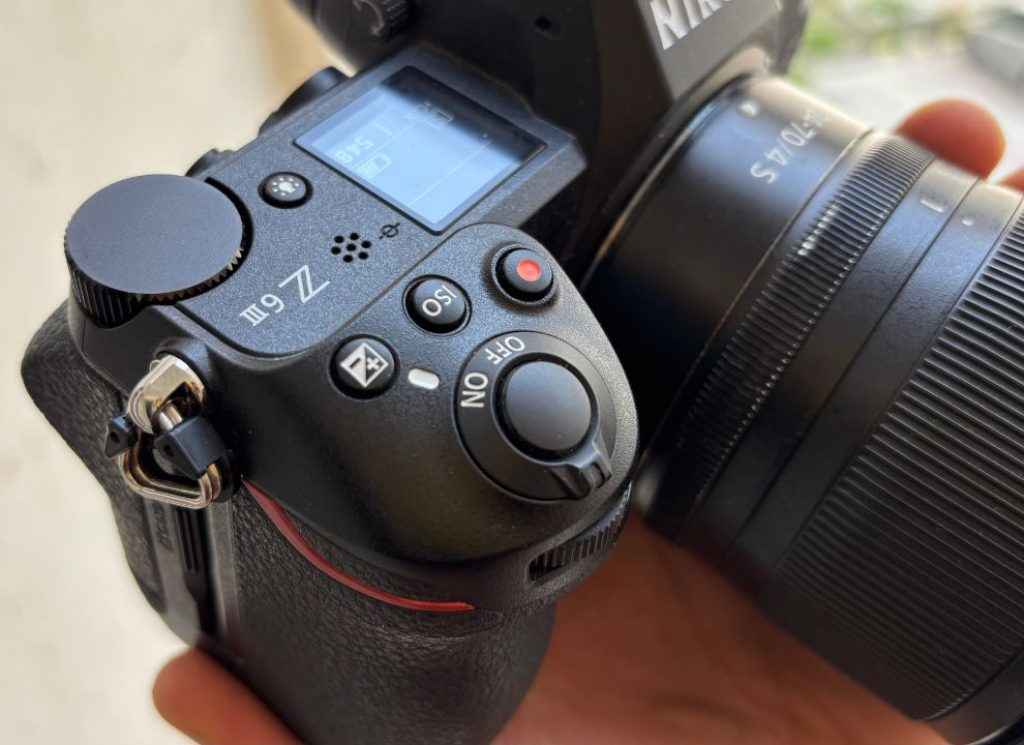
Nikon’s Z6 III sports a magnesium alloy body that strikes an excellent balance between durability and portability. Weighing in at around 760 grams (including the battery and memory card), this camera feels reassuringly solid without being a burden during long shoots. Its dimensions—138.5 × 101.5 × 74 mm—are just right for a comfortable grip, so I can shoot for extended periods without hand fatigue.
One of the biggest design highlights is the fully articulating 3.2-inch LCD touchscreen, which boasts 2.1 million dots. This versatile screen makes it a breeze to compose shots from tricky angles, and I’ve found it especially handy for vlogging or capturing low-angle footage. Paired with a 5.76-million-dot OLED EVF that stays bright and clear under challenging light, the Z6 III ensures you can frame your shots accurately in almost any situation.
Nikon has also engineered this camera to withstand the elements, rating it for temperatures as low as -10°C and as high as 40°C, with humidity tolerance reaching 85%. In practical terms, this means I can comfortably rely on the Z6 III in all sorts of environments, whether it’s a frigid morning landscape session or a humid tropical adventure.
Sensor and Image Quality
At the core of the Z6 III is its 24.5-megapixel full-frame partially stacked BSI CMOS sensor. This partially stacked design speeds up data readout, which helps minimize the rolling shutter and boosts autofocus performance. Working alongside Nikon’s EXPEED 7 processor, the sensor delivers crisp images brimming with detail and accurate colours.
The native ISO range of 100–64,000 (expandable to 204,800) gives me a lot of flexibility when shooting in various lighting scenarios. Even though the resolution is on par with earlier Z6 models, the newer sensor tech and enhanced processing combine to produce a noticeable uptick in dynamic range and overall clarity.
Autofocus and Continuous Shooting
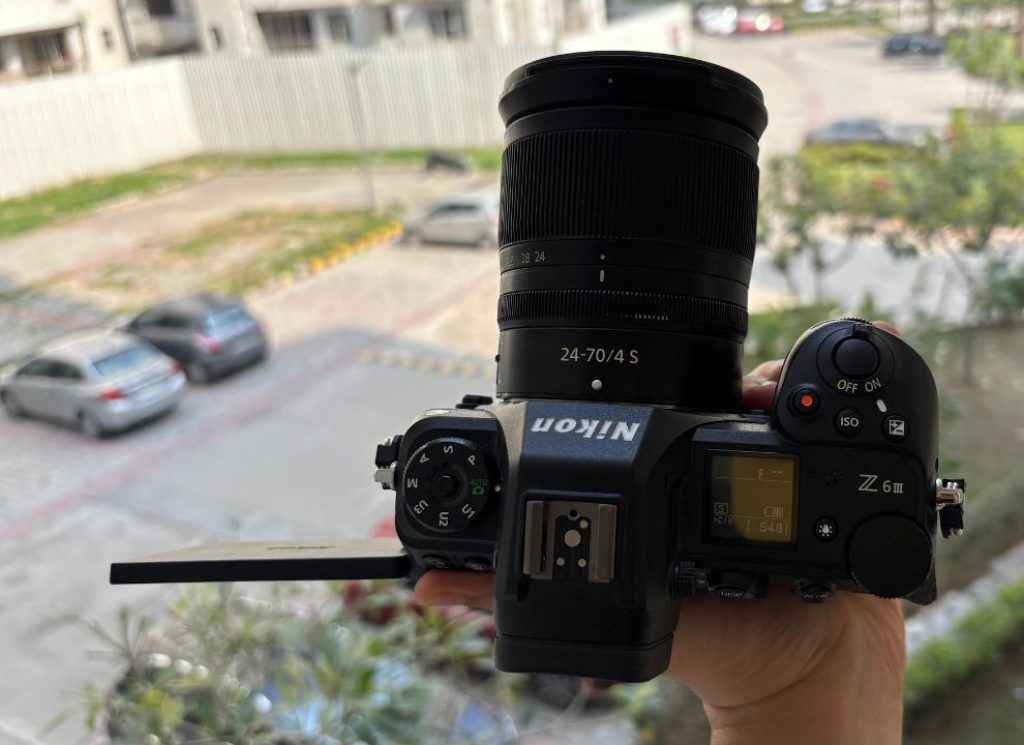
Nikon has outfitted the Z6 III with a robust hybrid autofocus system that includes 273 points in single-point AF mode and 299 in auto-area AF. It inherits advanced subject detection and tracking algorithms from higher-end models like the Z9 and Z8, which means it does a top-notch job locking people, animals, and even vehicles.
For action shooters, the Z6 III can rattle off a speedy 20 frames per second in RAW, complete with autofocus and auto-exposure tracking. If you need even higher frame rates—say, for sports or wildlife—there’s a 120 fps burst mode in JPEG when using the APS-C crop. That might come in handy for those fast-paced moments when nailing the shot matters most.
Camera Samples

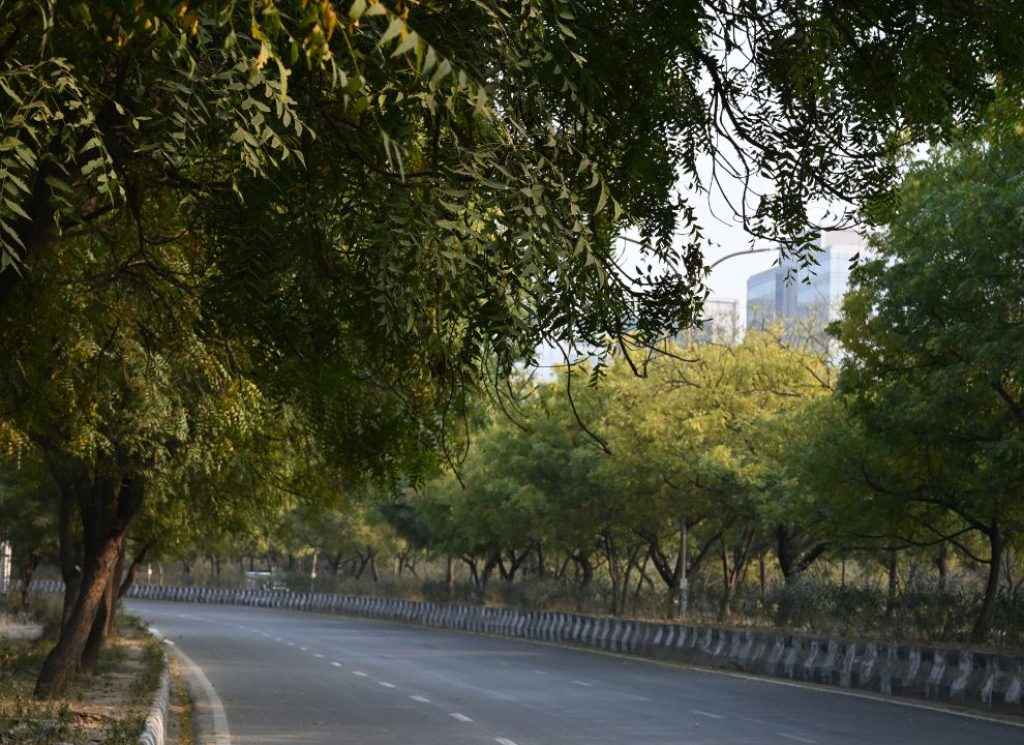



Video Capabilities
If you’re into video, the Z6 III doesn’t disappoint. It can capture uncropped 6K footage at 60 fps in N-RAW, which is fantastic for professional-level projects. There’s also the option to record 4K at 60 fps without pixel binning, ensuring your footage stays sharp and detailed. For slow-motion enthusiasts, Nikon offers a cropped 4K/120p mode.
Another big plus: the camera supports internal RAW video recording, which streamlines my workflow by cutting out the need for an external recorder. All these features make the Z6 III a serious contender if you’re looking to produce polished video content, be it for social media, documentaries, or commercial projects.
Image Stabilization and Handling
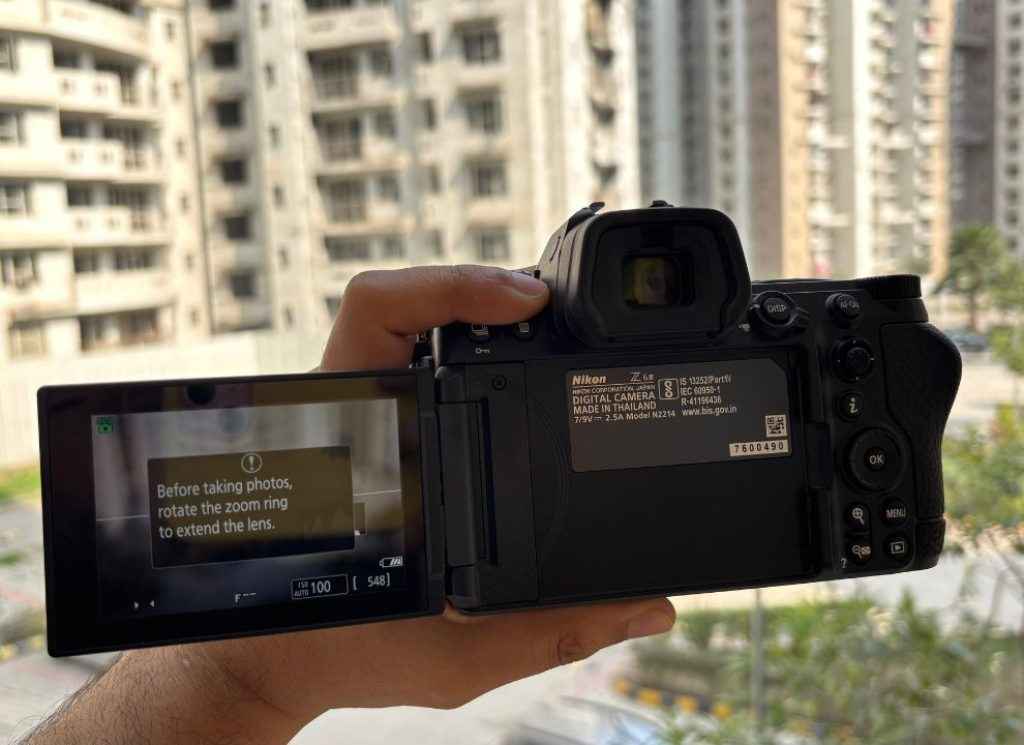
To keep shots steady, Nikon includes a 5-axis in-body image stabilization (IBIS) system, rated for up to 8 stops of correction. I’ve found this especially useful when shooting handheld in low light or when using longer lenses. Combined with the ergonomic grip and logical control layout, the Z6 III is a pleasure to operate, whether you’re new to mirrorless or a seasoned pro.
The fully articulating screen adds to its ease of use, letting me adjust for high or low angles without breaking a sweat. And the high-resolution EVF offers a crystal-clear preview of my scene, which really helps with composition and confirming focus—especially handy for macro or portrait work.
Storage and Connectivity
I’m a big fan of the Z6 III’s dual card slots, which support CFexpress Type B and SD (UHS-II). This setup gives me the freedom to run simultaneous backups, separate stills from video, or simply expand storage without swapping cards as often.
For power and data, the USB-C port can deliver power to the camera—a lifesaver if you’re doing extensive time-lapses or long-form video recording. Other connectivity options include HDMI output, mic input, and a headphone jack, covering the needs of filmmakers who want external monitoring or higher-quality audio setups.
My Take and Final Thoughts
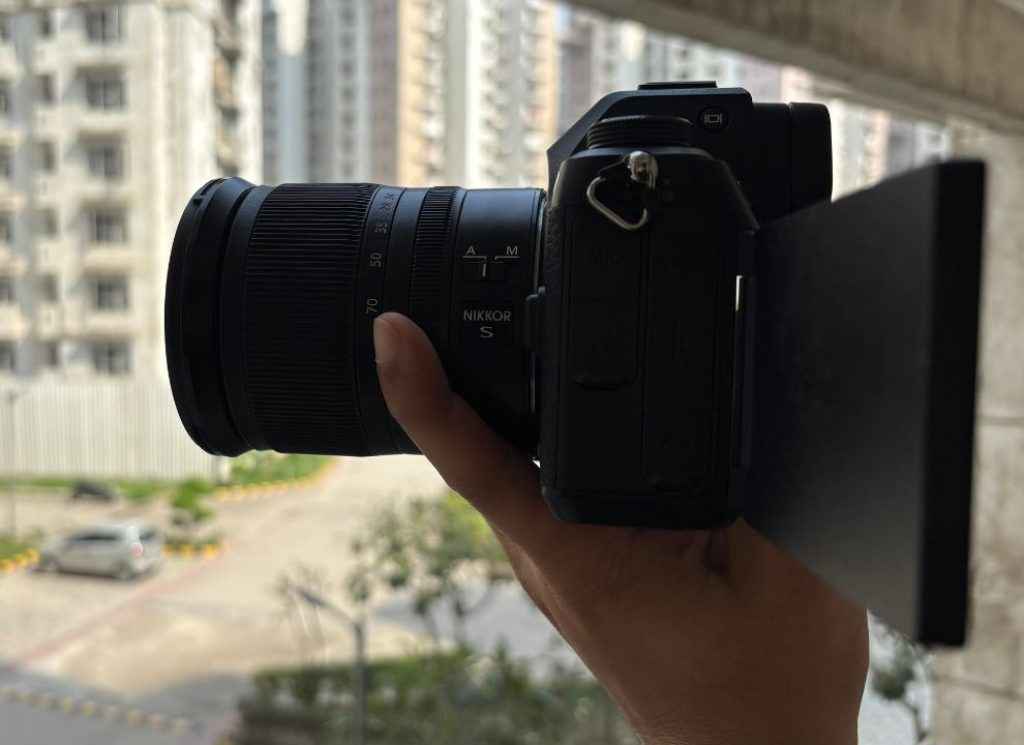
From my time with the Z6 III, it’s clear that Nikon focused heavily on refining speed, autofocus, and video performance. That fully articulating screen might sound like a small addition on paper, but in practice, it’s made my shooting far more versatile—especially for video work. While the image quality remains close to earlier Z6 models (which is already excellent), the real leaps are in responsiveness and overall functionality.
Ultimately, the Z6 III stands as a compelling mid-range mirrorless option. It blends a tough, ergonomic build with advanced AF, snappy continuous shooting, and top-tier video capabilities. Whether you’re chasing fleeting wildlife moments, working in dimly lit conditions, or producing high-level video content, the Z6 III is more than up to the task. Nikon has once again shown it can push the envelope in this competitive mirrorless landscape, delivering a camera that’s both reliable and feature-packed.
Yetnesh Dubey
Yetnesh works as a reviewer with Digit and likes to write about stuff related to hardware. He is also an auto nut and in an alternate reality works as a trucker delivering large boiling equipment across Europe. View Full Profile




